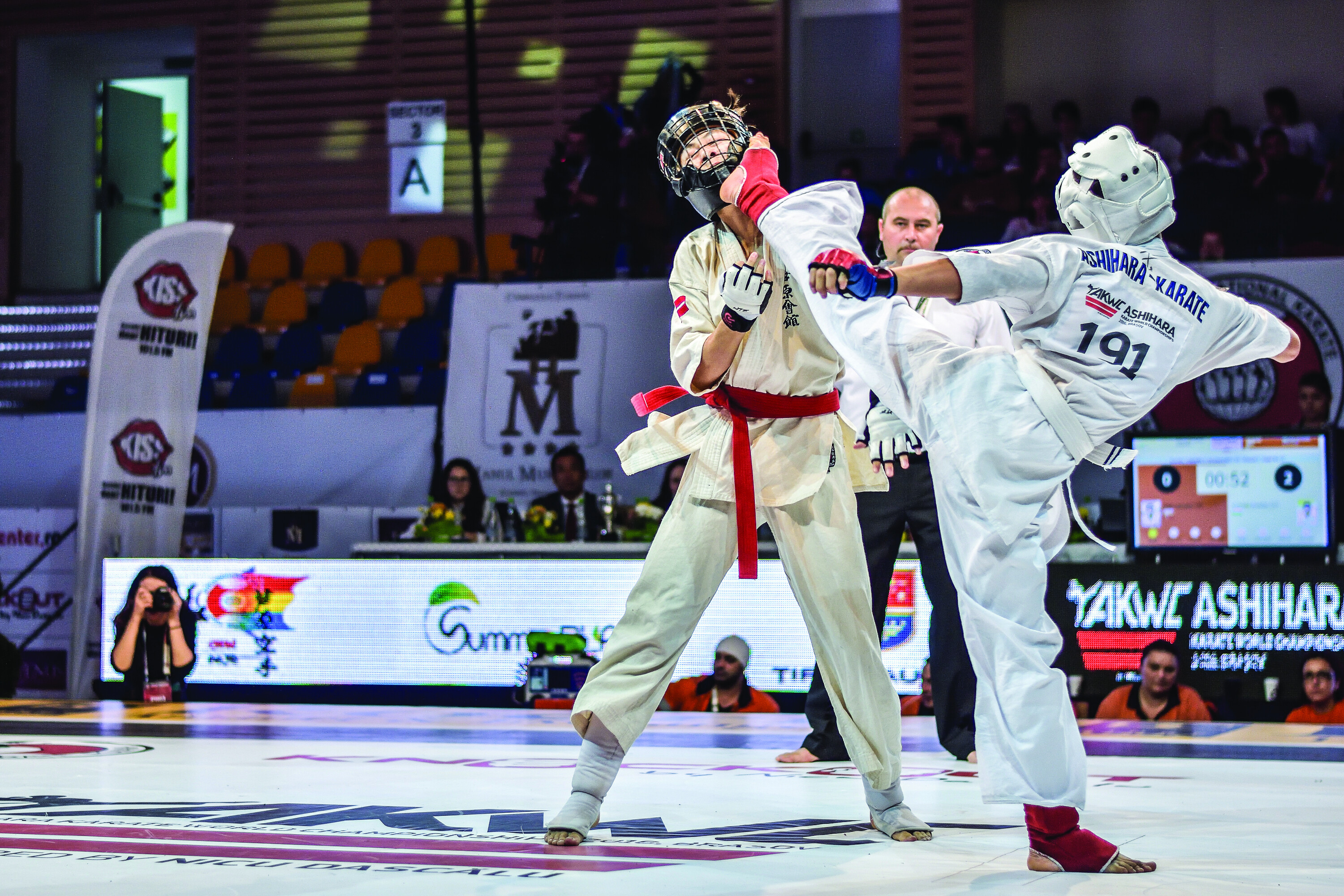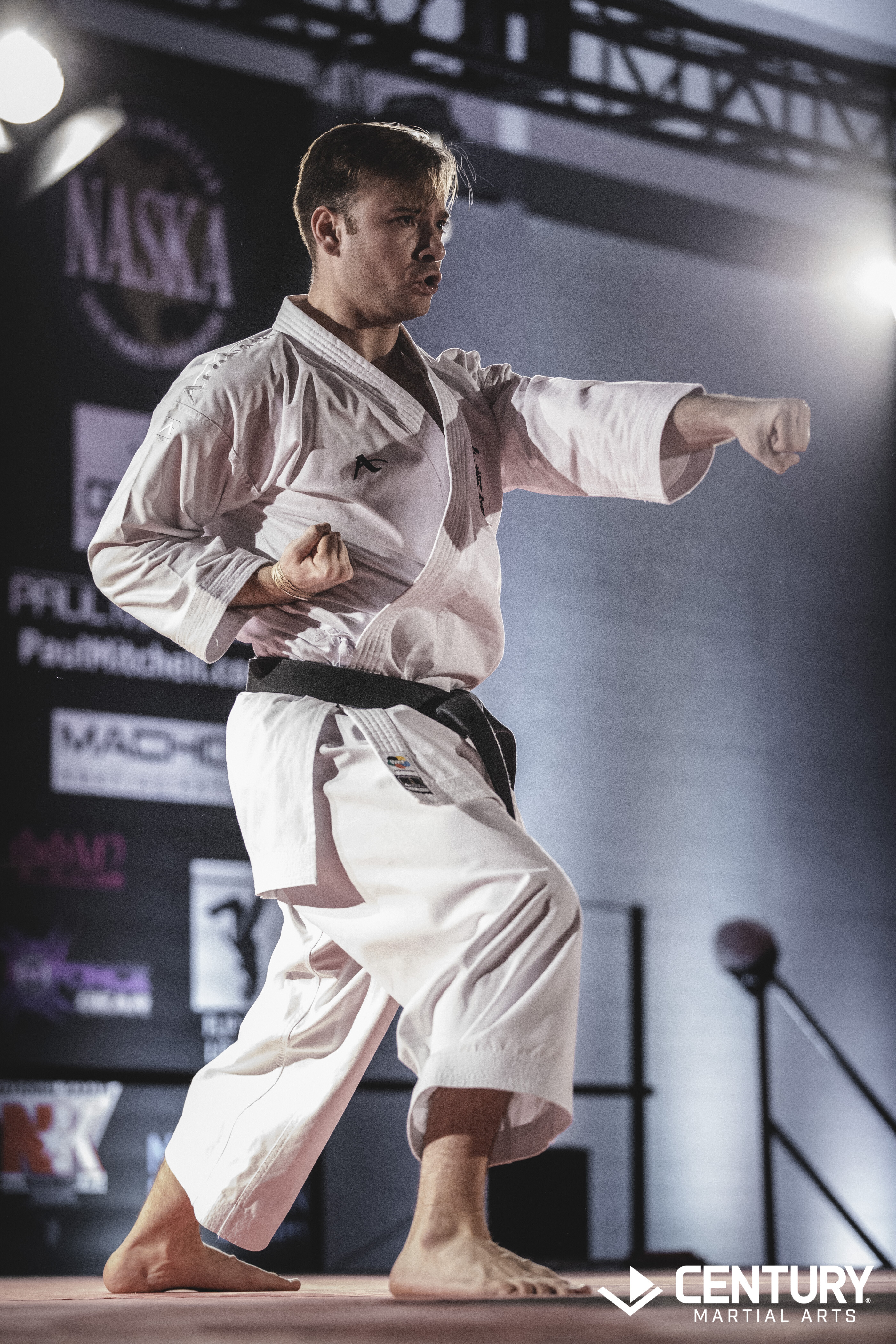THE WHOLE TRUTH ABOUT MARTIAL ARTS VS. FIGHTING ARTS!

JUDO IS NOT REALLY GOOD FOR SELF-DEFENCE. TRADITIONAL KARATE COMPETITIONS THAT HAVE NO CONTACT ARE NOT REALLY EXCITING EITHER. TAI CHI DOES NOTHING FOR AEROBIC FITNESS. TAEKWONDO IS JUST A SIMPLE SPORT. NEGATIVE COMMENTS LIKE THESE ARE COMMON IN MARTIAL ARTS CIRCLES. OFTEN THEY COME FROM THOSE WHO THINK THEY ARE MUCH MORE EXPERIENCED AND COMPETENT THAN THEY ARE. WHEN WE HEAR SUCH STATEMENTS, WE SHOULD CONSIDER WHAT IS REALLY BEING SAID AND, ABOVE ALL, WHAT IS CORRECT.
WHEN EVALUATING THE ASPECTS OF A MARTIAL ART, WE NEED TO BE VERY CLEAR IN ORDER TO UNDERSTAND WHAT THAT ART REALLY IS.

Martial arts are those disciplines that have been practised by a warrior class or that have evolved from those disciplines. Martial arts are those that were developed for reasons other than use on the battlefield: Self-defence, sport and so on.
Judo, then, is a martial art derived from the grappling techniques of the samurai. Kung Fu is a martial art created for self-defence or for fighting bandits. Furthermore, it is important to understand exactly what a martial art was designed for. No martial art, martial or otherwise, is limitless. All have more or less specific goals.
Sometimes these are varied, but inevitably have limits. They must be judged by these goals and not by the desires or needs of those who wish to pursue them. Classical Japanese martial arts - bujutsu, for example - have no methods or strategies that deal directly with the threat of firearms. Weapons, with the exception of those used in mass formations, played only a minor role in feudal Japan.
It would therefore be unrealistic to suggest spending years in a dojo where methods of fighting with a 17th century sword are taught in order to learn how to defend oneself when encountering firearms.
That's an obvious example. Here's another less obvious but commonly expressed opinion: "Karate is no good if you go down or start fighting." This may be true or partially true or even true with some qualifications. What is undeniable is that karate has developed primarily as a kind of art. Some of its techniques can be used to effect grasping procedures.
But the intention of karate is not grappling or wrestling. The accusation that "Judo is not good for self-defence" should be answered with a clear awareness. What value judo can have in fighting encounters in daily life is a good topic of conversation, but that is not the main purpose of judo.
Practitioners of these arts should understand that these distinctions are not criticisms. "You say taekwondo is not useful on the street, right? Well, I've seen a taekwondo guy knock a mugger out cold with a back kick to the head!" I don't doubt such stories. The point is not that an art cannot be used for a purpose other than that for which it was designed.
An experienced surgeon might be able to use a fish filleting knife as an emergency scalpel, but no one would argue that because of its success we can conclude that this knife is used primarily for surgery.
Practitioners of an art often fall prey to a kind of narrowly focused thinking. They see in their arts so many layers, such complexity, that they begin to understand that a study of art is a lifelong and real commitment. From their point of view, art seems limitless. It begins to dominate so many areas of their lives outside the dojo.
These are experiences that truly represent real growth and maturation. However, this can also lead to an attitude that makes us mistakenly believe that our art is simply all encompassing - that it is the answer no matter what the question.
.png)
.jpg)
Tai chi has remarkable benefits. Among them is non-aerobic fitness. It would be almost impossible to raise heart rate and keep it sufficiently high to affect aerobic fitness, no matter how one trains in Tai Chi. But that is not the purpose or goal of Tai Chi.
Non-contact karate tournaments are not too exciting if you are not informed about their intentions - but if you know what to look for there are many that are attractive and compelling. Again, it is important to understand that when we isolate the main reasons for an art, when we describe its normal limitations, we are not suggesting that there are no alternative ways to do it. Taekwondo owes most of its creation to the need for young men, displaced and discouraged by war in 20th century Korea, to have an outlet for their energies. That doesn't mean it has no other value.
Knowing what your art is for, why it was created and the ways in which it has evolved is crucial to understanding it and your place in it. It is an essential part of combat training.
Dave Lowry has been writing Karate Way since 1986. For more information on his articles and books, visit blackbeltmag.com and enter his name in the search box.

JUDO IS NOT REALLY GOOD FOR SELF-DEFENCE. TRADITIONAL KARATE COMPETITIONS THAT HAVE NO CONTACT ARE NOT REALLY EXCITING EITHER. TAI CHI DOES NOTHING FOR AEROBIC FITNESS. TAEKWONDO IS JUST A SIMPLE SPORT. NEGATIVE COMMENTS LIKE THESE ARE COMMON IN MARTIAL ARTS CIRCLES. OFTEN THEY COME FROM THOSE WHO THINK THEY ARE MUCH MORE EXPERIENCED AND COMPETENT THAN THEY ARE. WHEN WE HEAR SUCH STATEMENTS, WE SHOULD CONSIDER WHAT IS REALLY BEING SAID AND, ABOVE ALL, WHAT IS CORRECT.
WHEN EVALUATING THE ASPECTS OF A MARTIAL ART, WE NEED TO BE VERY CLEAR IN ORDER TO UNDERSTAND WHAT THAT ART REALLY IS.

Martial arts are those disciplines that have been practised by a warrior class or that have evolved from those disciplines. Martial arts are those that were developed for reasons other than use on the battlefield: Self-defence, sport and so on. Judo, then, is a martial art derived from the grappling techniques of the samurai. Kung Fu is a martial art created for self-defence or for fighting bandits. Furthermore, it is important to understand exactly what a martial art was designed for. No martial art, martial or otherwise, is limitless.
All have more or less specific goals. Sometimes these are varied, but inevitably have limits. They must be judged by these goals and not by the desires or needs of those who wish to pursue them. Classical Japanese martial arts - bujutsu, for example - have no methods or strategies that deal directly with the threat of firearms. Weapons, with the exception of those used in mass formations, played only a minor role in feudal Japan. It would therefore be unrealistic to suggest spending years in a dojo where methods of fighting with a 17th century sword are taught in order to learn how to defend oneself when encountering firearms.
That's an obvious example. Here's another less obvious but commonly expressed opinion: "Karate is no good if you go down or start fighting." This may be true or partially true or even true with some qualifications. What is undeniable is that karate has developed primarily as a kind of art. Some of its techniques can be used to effect grasping procedures.
But the intention of karate is not grappling or wrestling. The accusation that "Judo is not good for self-defence" should be answered with a clear awareness. What value judo can have in fighting encounters in daily life is a good topic of conversation, but that is not the main purpose of judo.
.png)
Practitioners of these arts should understand that these distinctions are not criticisms. "You say taekwondo is not useful on the street, right? Well, I've seen a taekwondo guy knock a mugger out cold with a back kick to the head!" I don't doubt such stories. The point is not that an art cannot be used for a purpose other than that for which it was designed.
An experienced surgeon might be able to use a fish filleting knife as an emergency scalpel, but no one would argue that because of its success we can conclude that this knife is used primarily for surgery.
Practitioners of an art often fall prey to a kind of narrowly focused thinking. They see in their arts so many layers, such complexity, that they begin to understand that a study of art is a lifelong and real commitment. From their point of view, art seems limitless. It begins to dominate so many areas of their lives outside the dojo.
These are experiences that truly represent real growth and maturation. However, this can also lead to an attitude that makes us mistakenly believe that our art is simply all encompassing - that it is the answer no matter what the question.
.jpg)
Tai chi has remarkable benefits. Among them is non-aerobic fitness. It would be almost impossible to raise heart rate and keep it sufficiently high to affect aerobic fitness, no matter how one trains in Tai Chi. But that is not the purpose or goal of Tai Chi.
Non-contact karate tournaments are not too exciting if you are not informed about their intentions - but if you know what to look for there are many that are attractive and compelling. Again, it is important to understand that when we isolate the main reasons for an art, when we describe its normal limitations, we are not suggesting that there are no alternative ways to do it. Taekwondo owes most of its creation to the need for young men, displaced and discouraged by war in 20th century Korea, to have an outlet for their energies. That doesn't mean it has no other value.
Knowing what your art is for, why it was created and the ways in which it has evolved is crucial to understanding it and your place in it. It is an essential part of combat training.
Dave Lowry has been writing Karate Way since 1986. For more information on his articles and books, visit blackbeltmag.com and enter his name in the search box.










